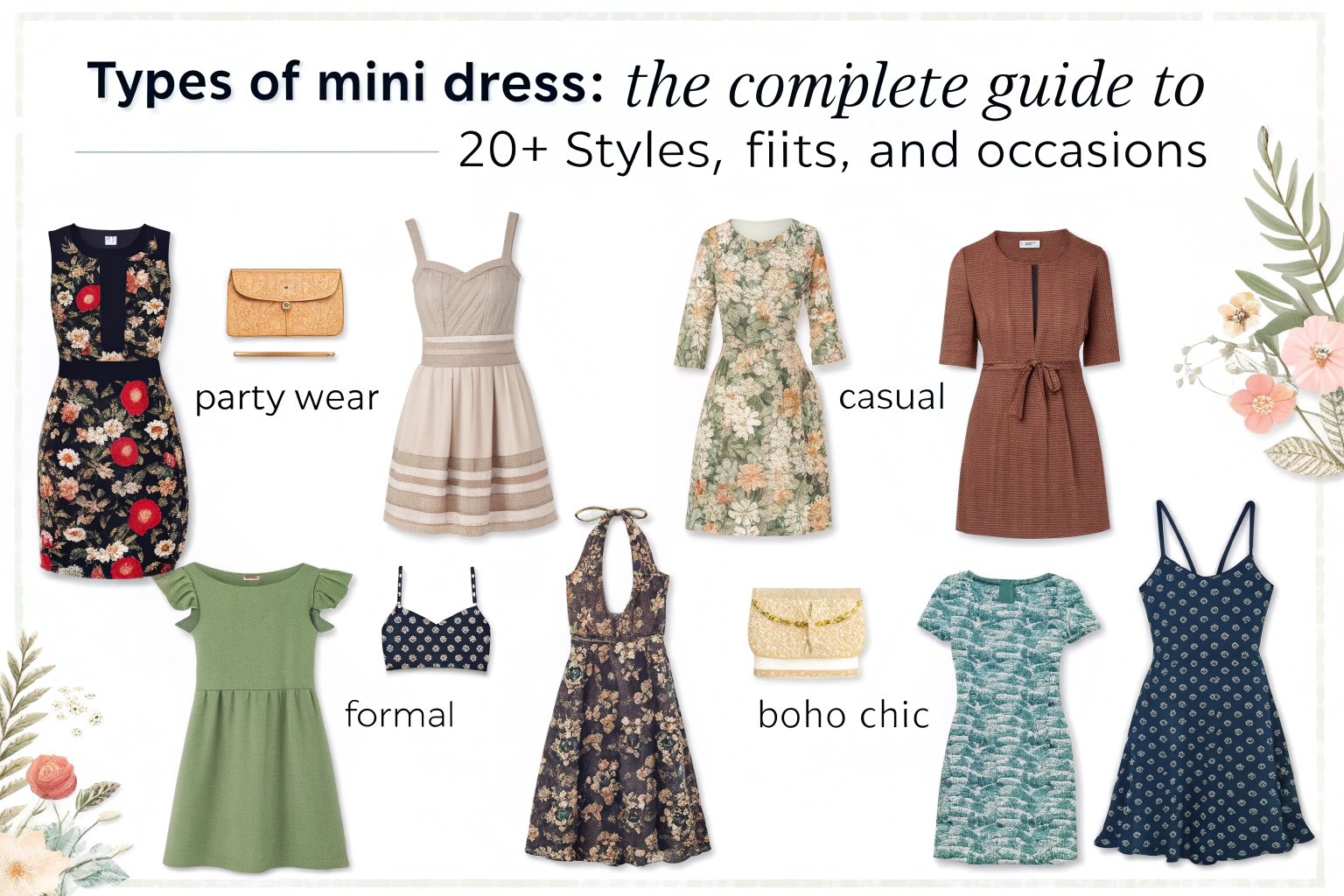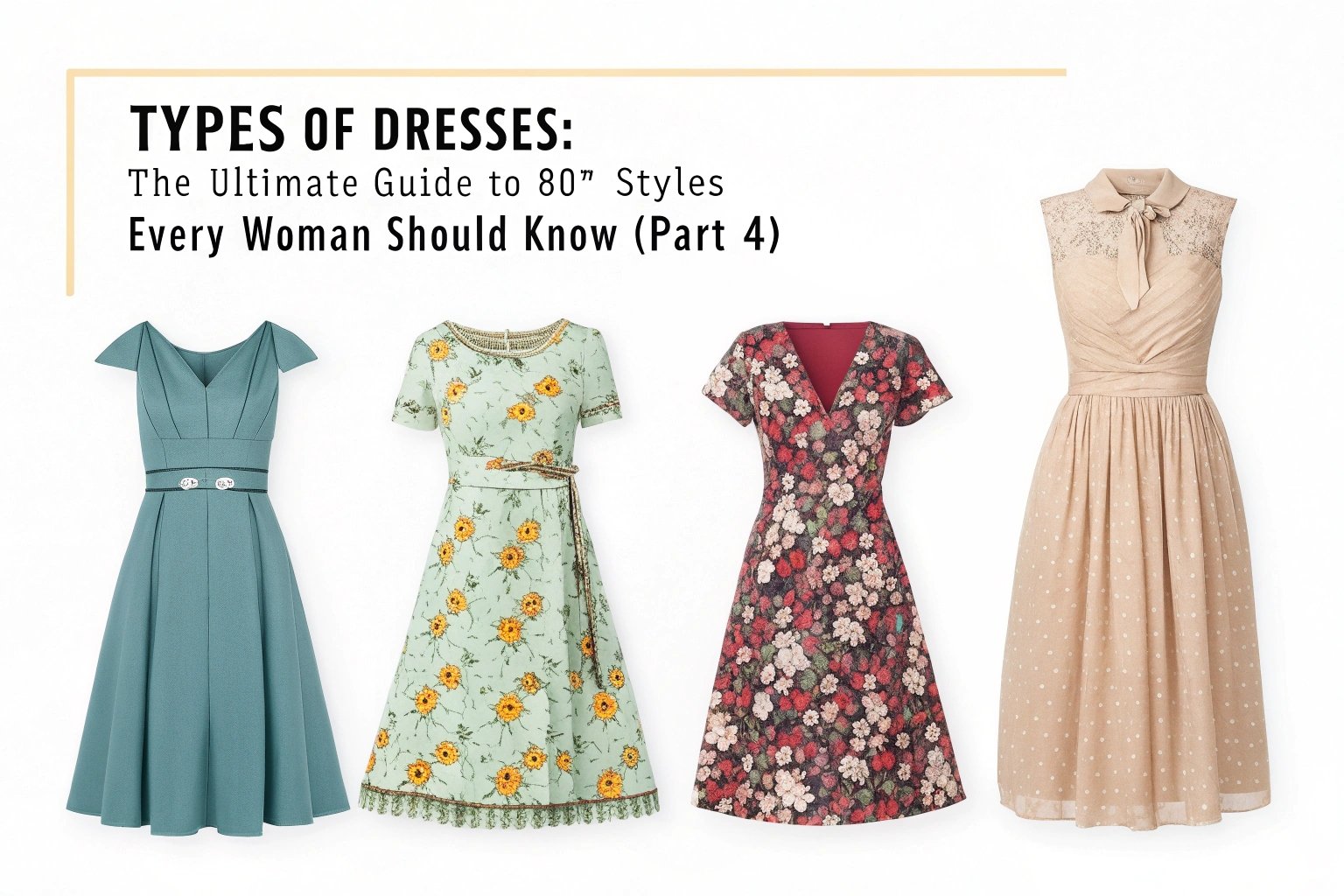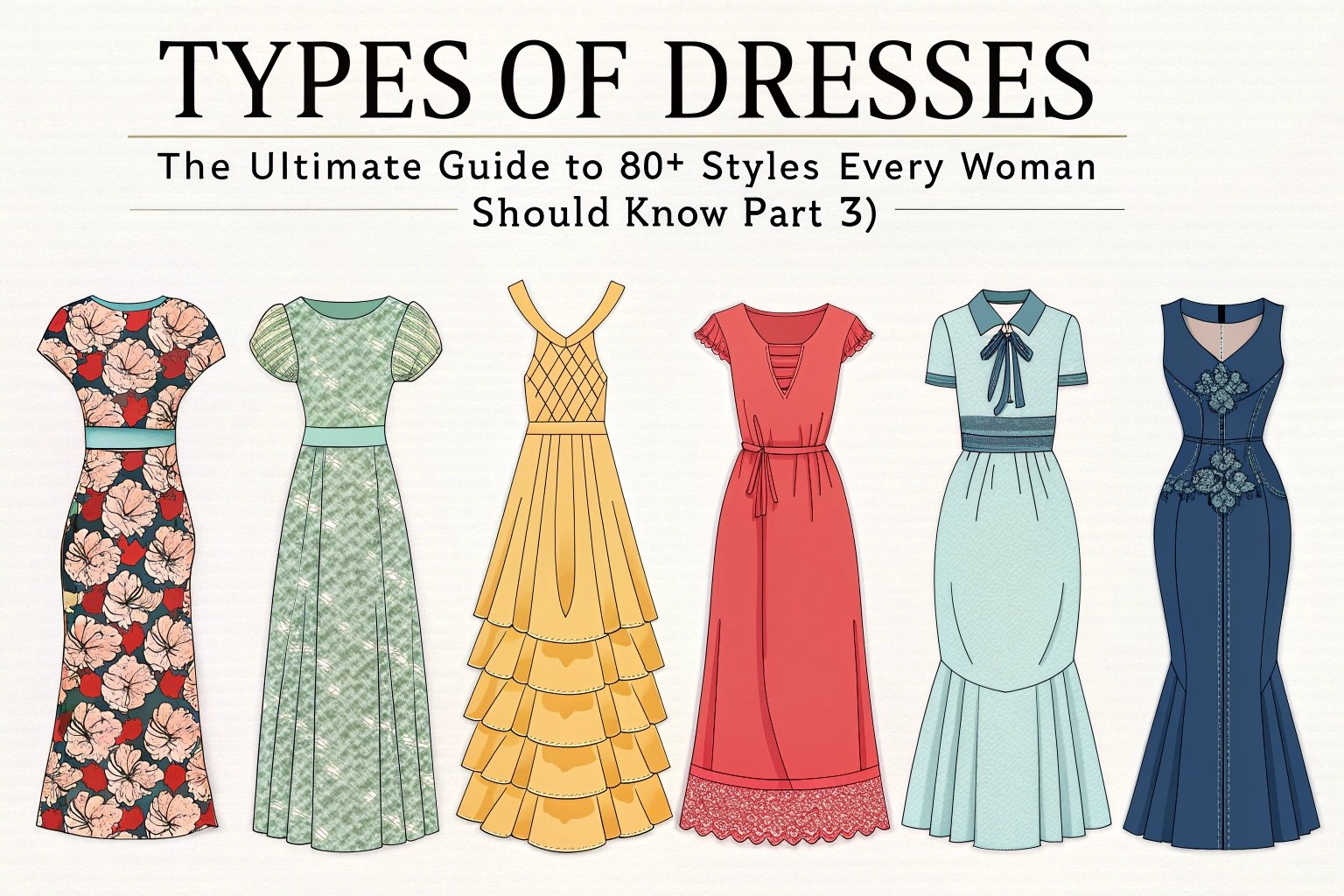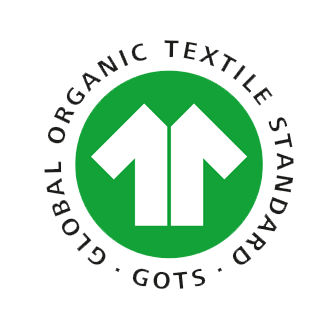Choosing the right fabric is one of the most critical steps when developing a successful dress collection. Fabric impacts everything—from how the dress fits and flows to how it feels, lasts, and performs under real-world conditions.
The best fabric for dresses depends on the intended use. Cotton, rayon, jersey, linen, satin, chiffon, and blends all serve different purposes, whether for formal, casual, or functional wear.
Let’s explore the top fabrics we recommend and how each aligns with different dress categories.
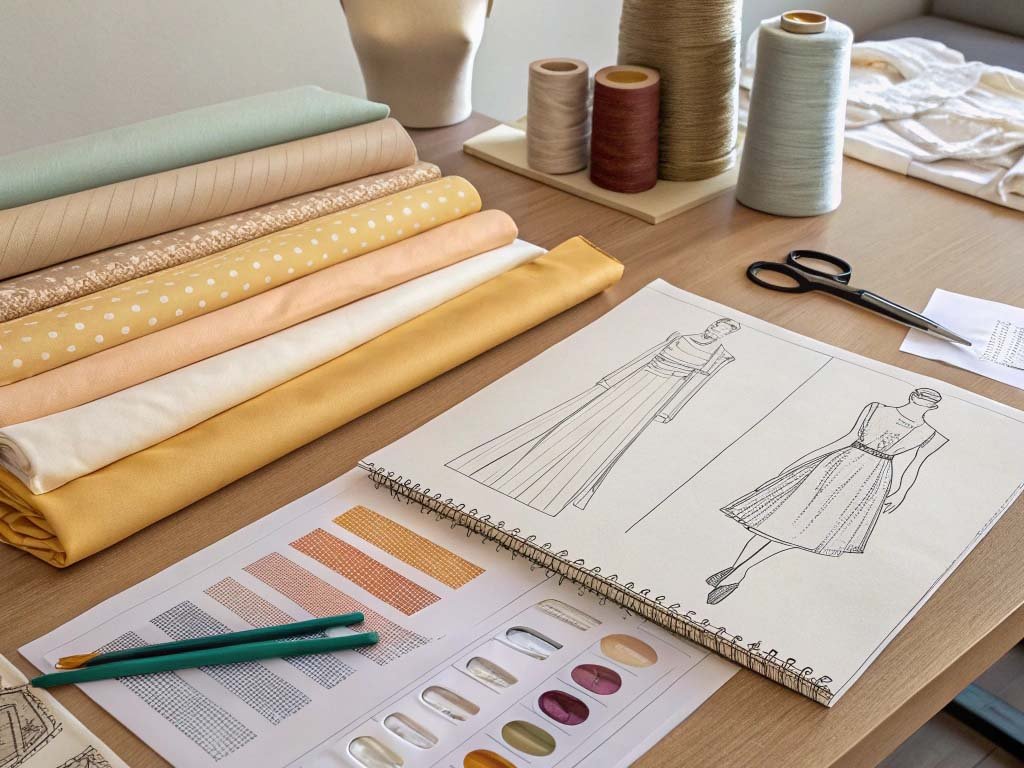
What fabric is best for formal dresses?
Dressing for formal events calls for elegance, structure, and subtle luxury. Fabrics that offer sheen, crisp silhouettes, or flowing drape perform best in this segment.
For formal dresses, we recommend satin, crepe, chiffon, tulle, and silk blends for their visual appeal and movement. Structured dresses also work well with mikado and heavier woven jacquards.
Best options we produce at Xzapparel
| Fabric | Formal Feature | Ideal For |
|---|---|---|
| Satin | Glossy, smooth finish | Gowns, bridesmaid, cocktail |
| Chiffon | Lightweight and flowy | Layered or draped silhouettes |
| Mikado | Crisp texture, holds shape | Ball gowns, wedding dresses |
| Crepe | Textured, matte with weight | Midi and evening dresses |
| Tulle | Voluminous with transparency | Partywear, bridal |
Styling considerations
- Use structured linings for body contour
- Match sheen and fabric behavior to the occasion
- Offer jewel-tone palettes and metallic finishes for added elegance
What is the easiest fabric to make a dress?
Production efficiency is key for commercial buyers.
The easiest fabrics to make dresses with are cotton, cotton blends, and medium-weight jersey. These fabrics are stable, easy to cut, forgiving in sewing, and allow for a wide range of silhouettes.
Low-effort, high-impact fabrics
- Cotton poplin (crisp but easy to stitch)
- Cotton jersey (stretchy and drapes naturally)
- Rayon blends (soft and fluid with minimal wrinkling)
- Ponte knit (structured but forgiving)
Advantages in manufacturing
- Minimal fraying or curling during cutting
- Fast sewing time due to predictability
- Lower fabric waste in pattern layout
Our production experience
We use cotton-based knits and poplins for entry-level collections or fast-fashion drops. These deliver solid fit, easy care, and fast reorder capabilities.

What fabric holds its shape best?
Garments that need structure—like skater dresses, fit-and-flare styles, or tailored midis—require fabric with built-in body.
The best fabrics for shape retention include ponte knit, scuba, twill, mikado, and cotton sateen. These fabrics resist sagging, support tailored seams, and keep their silhouette after multiple wears.
Top shape-holding picks
| Fabric | Key Properties | Recommended Styles |
|---|---|---|
| Ponte Knit | Stretch + stability | Bodycon, office dresses |
| Scuba Knit | Thick, bouncy, wrinkle-resistant | Structured minis, cutouts |
| Mikado | Woven silk blend with volume | Formal and statement gowns |
| Twill | Dense weave, adds polish | Shirt dresses, belted styles |
| Cotton Sateen | Sheen + structure | Tailored, occasion pieces |
Stitching tips
- Use firm interfacing for seams and waistlines
- Double-topstitch where fabric is thick
- Offer lined versions to improve garment weight and retention
What dress fabric doesn’t wrinkle?
For travelers or busy customers, wrinkle resistance is non-negotiable.
Best wrinkle-resistant fabrics for dresses include polyester blends, rayon-spandex, ponte knit, and textured crepes.

Our go-to wrinkle-free options
- Rayon-Spandex blends: High stretch recovery, smooth feel
- Poly-Crepe: Lightweight with matte finish
- Double Knit: Thick, stable, barely wrinkles
- Travel Jersey: Blend made specifically for packing and movement
Why it matters
In retail, first impression matters. A wrinkled dress—even on a hanger—can affect perceived value.
Our extra step
At Xzapparel, we conduct wrinkle recovery tests and offer steam-pressing on sample runs before shipping to verify presentation.
How to choose fabric based on dress function?
Different dress categories demand different fabric traits.
Our buyers often separate collections into Casual, Formal, Office, and Occasion categories. Each has ideal fabrics that match wearability, styling, and market needs.
Fabric by category table
| Category | Recommended Fabric Types | Key Qualities |
|---|---|---|
| Casual | Cotton jersey, rayon, linen blends | Breathable, soft, easy care |
| Formal | Satin, chiffon, mikado, crepe | Drape, structure, sheen |
| Office | Ponte, cotton sateen, poly twill | Shape retention, polish, comfort |
| Occasion | Scuba, lace, stretch velvet | Statement texture, body support |
MOQ and seasonal impact
We help buyers align their MOQ strategy with fabric availability and seasonality. For example, linen blends in summer, ponte in fall, and chiffon layers for spring weddings.

How does fiber content affect dress performance?
Fiber content determines feel, breathability, cost, and care.
Synthetic fibers like polyester offer durability and wrinkle resistance, while natural fibers like cotton and linen offer breathability and comfort. Blends combine strengths of each.
Fiber comparison chart
| Fiber Type | Feel | Breathability | Durability | Wrinkle Resistance |
|---|---|---|---|---|
| Cotton | Soft, matte | High | Moderate | Low |
| Polyester | Smooth, slick | Low | High | High |
| Rayon | Silky | High | Moderate | Medium |
| Nylon | Smooth, light | Low | High | High |
| Linen | Textured | Excellent | Moderate | Low |
What role does fabric weight play in dresses?
Fabric weight, measured in GSM (grams per square meter), influences drape, opacity, and performance.
Heavier fabrics like ponte or mikado offer more structure, while lightweight options like rayon or chiffon offer fluidity and layering potential.
Weight classification guide
| GSM Range | Description | Best For |
|---|---|---|
| 100–150 | Lightweight | Summer dresses, layers |
| 150–200 | Medium weight | Everyday wear, wrap dresses |
| 200–280 | Heavyweight | Bodycon, tailored midis, jackets |
Practical tips
- Always test final dress silhouette on real models
- Adjust hem finishes by weight (rolled hem for light, folded hem for heavy)
- Avoid overly thick fabrics in high-summer capsules
What do buyers overlook when selecting dress fabrics?
Even seasoned buyers can overlook crucial aspects.
Common issues include underestimating stretch recovery, ignoring lining needs, or not testing how a fabric looks under store lighting.
Buyer checklist
- Check stretch direction and recovery
- Confirm opacity for light shades
- Test fabric under artificial light
- Run pilling and abrasion tests if high volume
Conclusion
The best dress fabric isn’t just about looks—it’s about matching purpose, performance, and production practicality. At Xzapparel, we work closely with buyers to select fabrics that meet design intent, target market expectations, and manufacturing constraints. With the right fabric, your dress not only fits better but also performs better—in-store and in real life.


